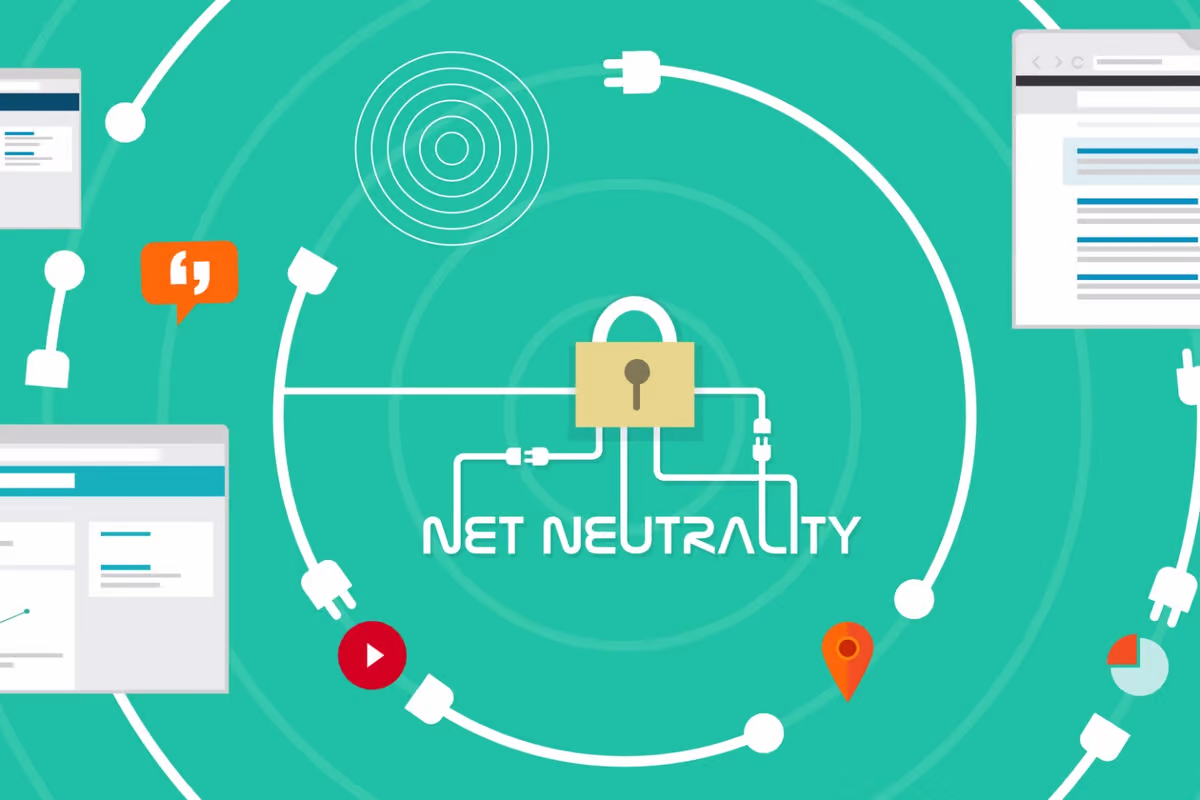A Brief History Of IP Packet Switching

The Internet is one of the most powerful tools ever created. It offers an ability so broad and powerful that it can actually be utilized for virtually any purpose, and anyone that connects to one of the underlying constituent networks can use it for whatever purpose they see fit. In many ways, the Internet has become an extension or another layer of human interaction, as well as providing users with a way to store and share data. Additionally, the Internet offers individuals and groups the ability to connect to other individuals, to form communities, to advertise businesses, to share educational tools, to perform medical treatments, and a host of other uses.
The Internet also provides the backbone for what we commonly call packet switching or IP networking. The basic idea of IP networking is that different computers on the network are assigned a unique IP address. They can then communicate with each other and with any other computers on the same network by using packets of IP data. This allows several computers on the network to send and receive information at the same time, with the entire process being a completely controlled process by a central administrator or server. Because this central server controls the entire system, no-one has to be present to make changes, and the network goes smoothly.
IP packets are transferred from computer to computer through a service such as the Internet itself. One example of this service would be the regular exchange of email between two computers. In this scenario, when an email is sent, the email is sent as a packet of IP data. On the other end of the spectrum, when an email is received, the email is not necessarily just sent as a packet of IP data; instead, the computer being contacted simply receives the electronic form of the incoming message. Some IP networks utilize a service called IP telephony. In this case, a number of computers are placed within range of each other, and each of these computers will receive and reply to an incoming telephone call in turn.
IP packet switching works best when one computer is trying to send information to another. For example, if you have an email account with an Internet service provider, you will usually be given an IP address that you can connect to in order to access your email. If you want to read an email that you receive that is outside of the Internet service provider’s network, you can simply access the email on your own computer instead. In order for the IP packet switching to work to its fullest, it must work regardless of whether the computer you are trying to connect to is inside or outside the public internet. This is why most people use the private or internal networks offered by their ISP.
An IP address, or Internet Protocol, is a series of numbers assigned to specific IP networks by an Internet Service Provider. The numbers, which are called IP addresses, are used to identify particular computer networks on the Internet. The term IP comes from the idea that the packet of IP data represents a single Internet destination, while the name comes from the fact that the IP addresses are used to identify and establish communication between two or more networks on the Internet.
One of the reasons why IP packets are used so much is because it enables the transfer of large amounts of data at high speeds over long distances. This is done through the process of packet circuit switching, also known as IP switching. Packet circuit switching is also referred to as voice over internet protocol (VoIP). There are several advantages to using packet circuit switching over a traditional telephone network. Some of the benefits include:








